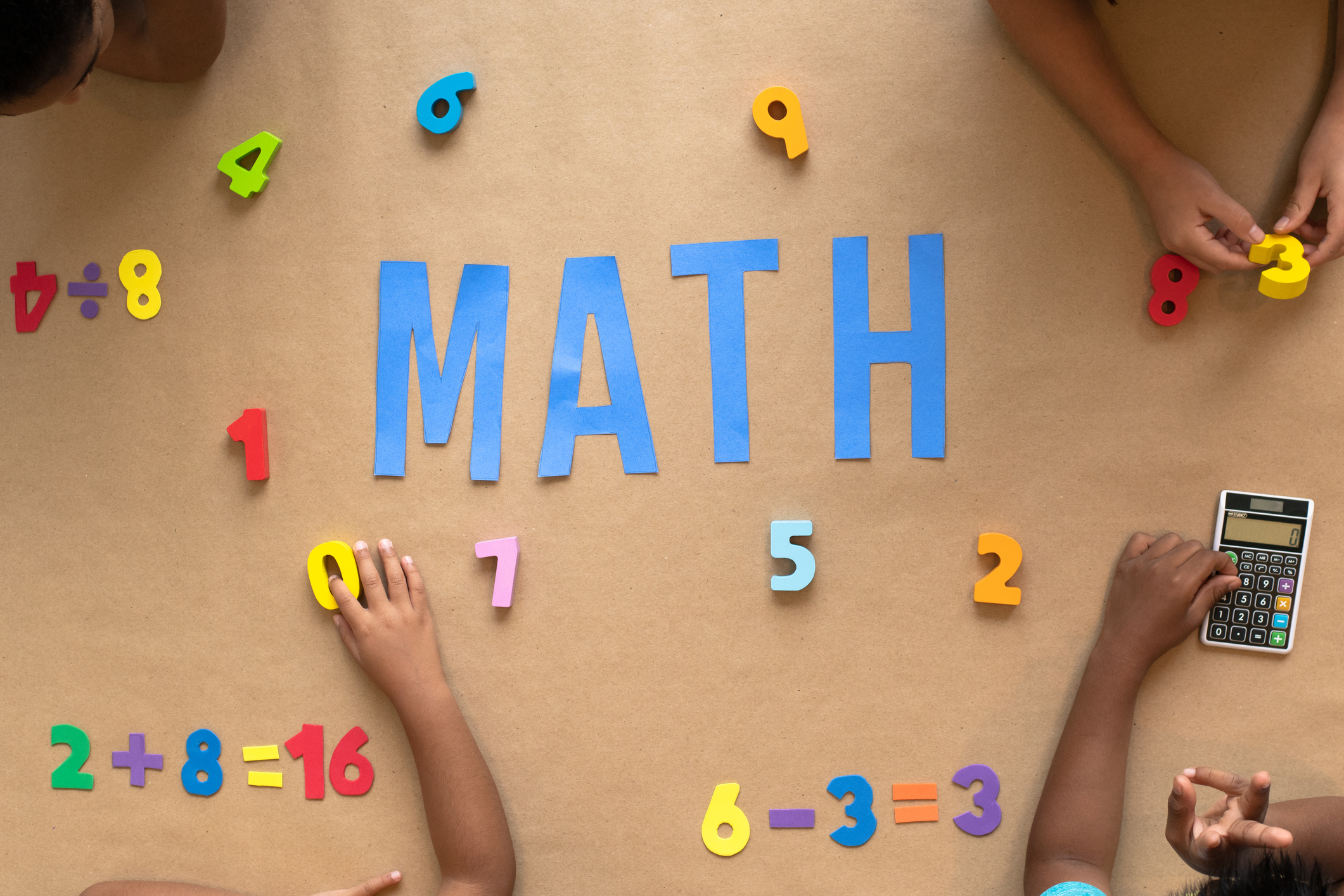About This Lesson
MathTastic is a fantastic new resource from GHS.Media. MathTastic use's situations that can be found in the real world and it is this key fact that keeps students engaged into the activitys produced by GHS.Media.If you use this worksheet please let us know your thoughts on it by emailing us at: ghs.media@yahoo.co.uk It is only with your feedback that we can continue to produce fantastic teaching aids for our future generations.GHS.Media is non profit, if you would like to support us by purchasing one of our products on cd please get in touch.<br />CCSS: 1.OA.1,1.OA.2, 2.OA.1,3.OA.1








